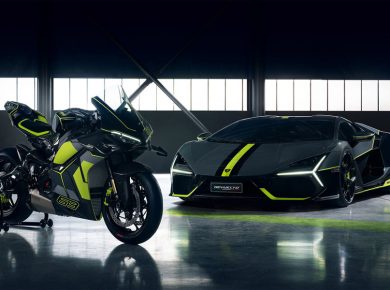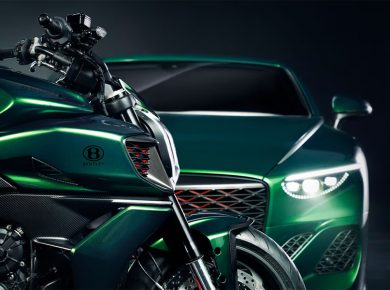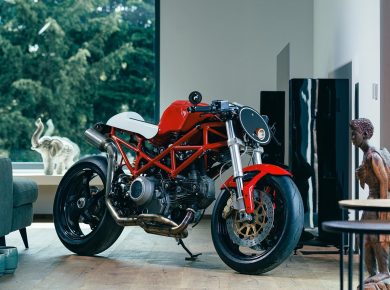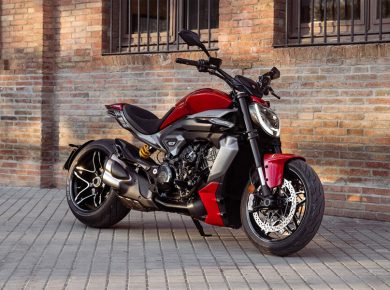
Ducati’s V21L electric prototype is more than just another test mule. It represents years of research on the track through MotoE, where Ducati collected real-world data from riders and engineers alike. Over three years of development, the brand managed to cut about 18 pounds from the battery pack, a serious achievement in a field where every gram counts. Yet even with this reduction, the challenge remains clear – an electric race bike still cannot match the weight and range balance of an internal combustion machine. The very DNA of Ducati is performance, agility, and endurance, and translating that into an electric platform is a task far more complicated than simply swapping out an engine for a motor.

The latest evolution of this work was shown in the V21L fitted with a solid-state battery. Instead of using a liquid electrolyte, as in conventional lithium-ion packs, this next-generation design employs a solid electrolyte combined with lithium-metal anodes. The benefit is higher energy density, faster charging, and safer thermal behavior. Test data already shows energy density approaching levels that once seemed impossible, with charging from ten to eighty percent in just over twelve minutes under controlled conditions. These kinds of numbers begin to rewrite what is possible for electric motorcycles, particularly in racing where energy delivery and turnaround speed between heats can make or break performance.

Ducati has not taken on this task alone. The company has drawn on the vast resources of the Volkswagen Group and partnered with QuantumScape, a leader in solid-state battery development. The collaboration provides access to technology that could close the gap between today’s promising but limited prototypes and tomorrow’s fully competitive electric superbikes. The fact that Ducati chose to show the V21L with a solid-state pack signals confidence that the technology, while still experimental, is on a realistic path toward production.

The hurdles, however, are still considerable. Shedding weight from the battery is only part of the equation. The pack must also withstand the violent conditions of racing – constant vibration, rapid charge cycles, extreme heat – without losing efficiency or safety margins. Range continues to be a limiting factor, as the balance between performance output and battery endurance remains delicate. Even with the improved density of solid-state cells, Ducati engineers must refine every detail of the chassis and cooling systems to deliver a machine that feels like a true Ducati on track.

What makes this project compelling is not just the incremental progress but the vision behind it. Ducati is not content with building an electric motorcycle that merely complies with future regulations or sustainability trends. The company wants an electric machine that carries the same spirit as its legendary combustion models – machines that are visceral, responsive, and unmistakably Italian in character. The V21L, though still a prototype, serves as a declaration that Ducati sees electrification not as a compromise but as an evolution of its identity.

For enthusiasts and skeptics alike, the message is clear. Electric racing is no longer a side experiment or a novelty class – it is becoming a proving ground for the next era of superbikes. Ducati’s work with the V21L shows that the pursuit of lighter, faster, and more capable machines continues, even as the energy source changes. The road ahead will be filled with engineering challenges, but the unveiling of a solid-state powered prototype is a reminder that the race toward the future is already underway, and Ducati intends to lead from the front. And don’t forget to check our list of the fastest motorcyles in the world.





